Companion planting can help you grow delicious sweet corn. The gardening method combines good neighbor flowers, herbs and vegetables that support the growth of each other. Good neighbor plants can provide essential nutrients to the soil, attract pollinators to the garden, provide shade, shelter or support for other plants, control weeds, and deter and confusing predatory insect pests in search of host plants.
- Helpful herbs – Pungent herbs such as sage, hyssop, horehound, rosemary, mint, and thyme enhance flavor, encourage growth, and deter cabbage moths, cabbage worms, aphids, ants, and cutworms.
- Good neighbor flowers – A delightful colorful addition to any homestead garden, nasturtiums deter garden pests, add visual interest and color to the landscape. Both the leaves and flowers are edible.
Through a process of trial and error, experienced gardeners know the chaos of scent and color of companion planting tends to draw a diverse array of beneficial insects to the homestead while warding off harmful bugs that would destroy the harvest. Companion planting brings balance and harmony to the garden.
The Three Sisters
To maximize growing space in the urban homestead, savvy gardeners often use the ancient companion planting method of cultivating squash or pumpkins, pole beans, and sweet corn together in the same plot.
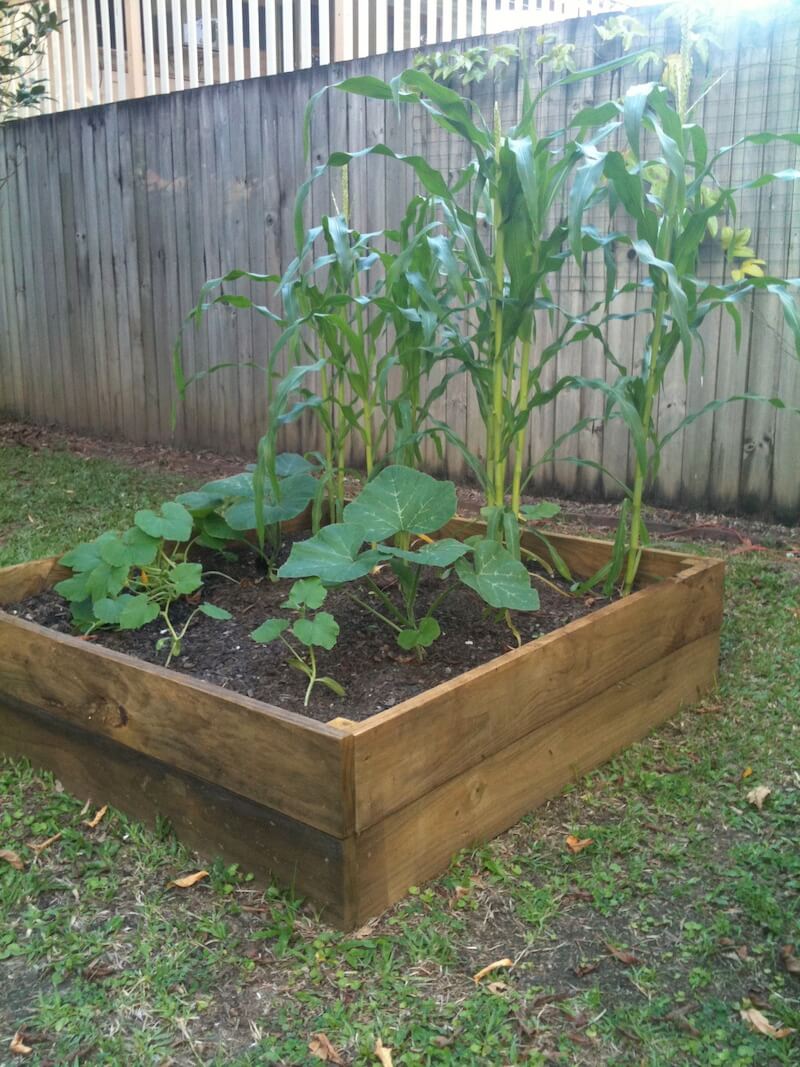
“By the time European settlers arrived in America in the early 1600s,” writes The Old Farmer’s Almanac, “the Iroquois had been growing the ‘three sisters’ for over three centuries. The vegetable trio sustained the Native Americans both physically and spiritually. In legend, the plants were a gift from the gods, always to be grown together, eaten together, and celebrated together.
Each of the sisters contributes something to the planting. Together, the sisters provide a balanced diet from a single planting.
- As older sisters often do, the corn offers the beans needed support.
- The beans, the giving sister, pull nitrogen from the air and bring it to the soil for the benefit of all three.
- As the beans grow through the tangle of squash vines and wind their way up the cornstalks into the sunlight, they hold the sisters close together.
- The large leaves of the sprawling squash protect the threesome by creating living mulch that shades the soil, keeping it cool and moist and preventing weeds.
- The prickly squash leaves also keep away raccoons, which don’t like to step on them.
Together, the three sisters provide both sustainable soil fertility as well as a healthy diet. Perfection!
Why Plant Sweet Corn?
There is nothing more gratifying than serving up a platter of corn on the cob: sweet, delicious, and dripping with butter: the bounty of your garden. Sweet corn’s tenderness and flavor is at its peak when picked in the early morning, fresh from the garden
Sweet corn is a good source of important B-complex vitamins such as folates, thiamin, pantothenic acid, niacin, riboflavin, and pyridoxine. In addition, sweet corn contains healthy amounts of essential minerals including copper, zinc, magnesium, and manganese. High in fiber and low in calories, sweet corn compliments any meal.
History Of Sweet Corn
For centuries, sweet corn (Zea mays) was a staple food of indigenous cultures across North and South America.
Native to Mexico, corn is considered to be the world’s oldest agricultural crop.
Preparing The Garden—Amend Garden Soil
Growing sweet corn, one of America’s favorite vegetables, is easier than most homesteaders imagine. It requires only plenty of sunshine and a bit of room to grow.
Sweet corn does best in well-drained, loamy soil with a pH level that is slightly acidic. A pH level of 6.0-6.5 is ideal to grow sweet corn.
To determine pH levels in your garden, soil pH testing kits are available at local home and garden centers or take a soil sample to your county extension service office for testing.
Sweet corn thrives in nutrient-rich soil. Enhance garden soil with a liberal application of aged herbivore manure (e.g. cow, sheep, horse, goat, or llama) and work soil well.
Remove rocks and roots while breaking up soil clods. Expert gardeners recommend amending the garden plot with organic compost and manures in the fall to prepare the plot for spring planting.
Types Of Sweet Corn
According to the University of Illinois Extension Service, “sweet corn may be divided into three distinct types according to genetic background: normal sugary (SU), sugary enhancer (SE) and super-sweet (Sh2).”
Standard sweet corn varieties contain a sugary (SU) gene that is responsible for the sweetness and creamy texture of the kernels. SUs are best suited to being picked, husked and eaten within a very short time. In the home garden, this is sometimes possible but not always practical. The old adage advises corn growers to start the water boiling, run to the patch, pick and husk the corn, run back to the pot, cook the corn, and eat or process immediately.
The many different sweet corn cultivars vary in coloration, sweetness and maturity time. Select a variety that best suits your local growing conditions. Most homesteaders elect to grow varieties with superior eating and keeping qualities. The corn crop is typically ready for harvest 65-90 days from planting.
Favorite Sweet Corn Varieties
I relish the seed catalogs of spring. So many choices: I feel like a kid at the candy store. I want to try them all. From multi-colored to peach colored kernels, there are dozens of varieties of sweet corn available to grow in the homestead garden.
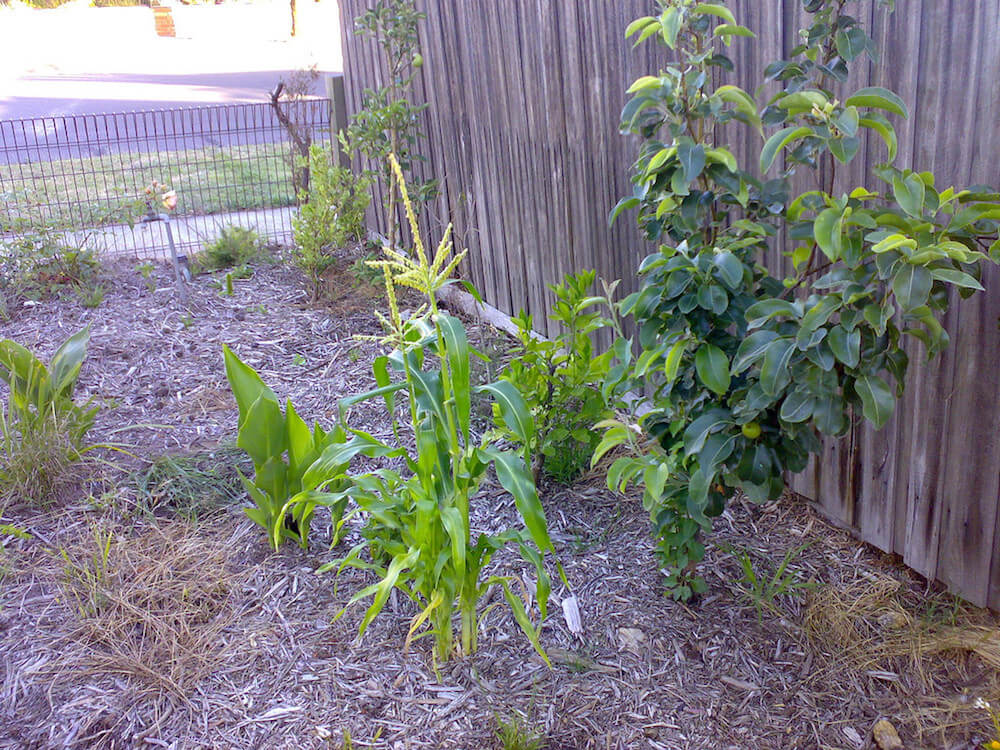
This year I planted five groupings of sweet corn supplemented with three different varieties of pumpkins. I chose a sweet corn variety known as Peaches and Cream. Prized for its intensely sweet flavor, this variety is ready early in the season, reaching six feet tall at maturity.
The bi-colored kernels are firm and juicy. Around each corn stalk, I planted mounds of pumpkins, alternating Fairy Tale, Cinderella, and Black Futsu varieties.
Around the base of the corn stalks, I planted Kentucky Wonder and Blue Lake Pole beans. These green bean varieties only produce a small amount of tender, young beans each day that are perfect for picking, making them a tasty side dish for summertime menus.
As I pull weeds and tend the plantings, I visualize a happy harvest and a busy time of canning and freezing the generous production of my garden.
If Mother Nature cooperates, my garden plot will provide more than enough corn, beans, and pumpkin for summer and fall enjoyment, winter storage, with an abundance to share with family and friends.
Rural homesteaders with enough gardening room to cultivate a large corn, bean, and squash patch, find companion planting produces a lucrative cash crop when sold at the local farmer’s market.
Sweet corn can be cooked fresh, canned, dehydrated, or frozen for winter storage. My favorite sweet corn varieties include:
- Sugar Buns
- Sweet Dreams,
- Trinity
- Glass Gem
- Jubilee
- Sundance
- Peaches and Cream
Tips For Planting Sweet Corn – Starting Seedlings
Dependent on your United States Hardiness Zone, sow sweet corn indoors anytime from mid-March through mid-April. Plant in individual coir pots to minimize root damage when transplanting. Homemade newspaper pots also work well for sweet corn seedlings.
If you prefer to plant directly outdoors, be sure to wait at least two weeks after all danger of frost has passed.
Sweet corn does best if its soil has been given a chance to warm. Sweet corn seeds fail to germinate if the soil temperature is less than 60 degrees Fahrenheit. The University of Illinois Extension Service advises that “successive plantings can yield continual harvests from early summer until frost if the weather cooperates.”
Related Post: Dent Corn Puts a Dent in Our Health
When planting outdoors, plant two sweet corn seeds together, placing each planting in pairs spaced two inches apart, with pairs spaced 18 inches apart. To encourage wind pollination and improved crop production, plant corn in clusters or groupings, rather than in lengthy rows: the larger the grouping, the better the pollination.
When the corn seedlings reach four to six inches tall, remove and dispose of the weakest seeding of the pair to allow the plant room to grow. Experienced corn growers know the truth in the old adage: corn should be knee-high by the Fourth of July.
Sweet Corn Growing Requirements
To flourish and present a bountiful harvest, sweet corn requires 30-35 acre inches of water during the growing season. Sweet corn is actually quite drought tolerant. However, during the moisture-critical tassel and kernel development growth stages, sweet corn requires more than an inch of water per week for best development and growth.
Harvest Time
With a minimal amount of effort, each of your corn stalks will produce two-to-six ears of corn. Secondary ears are typically smaller in size and mature later than the primary ear on each corn stalk.
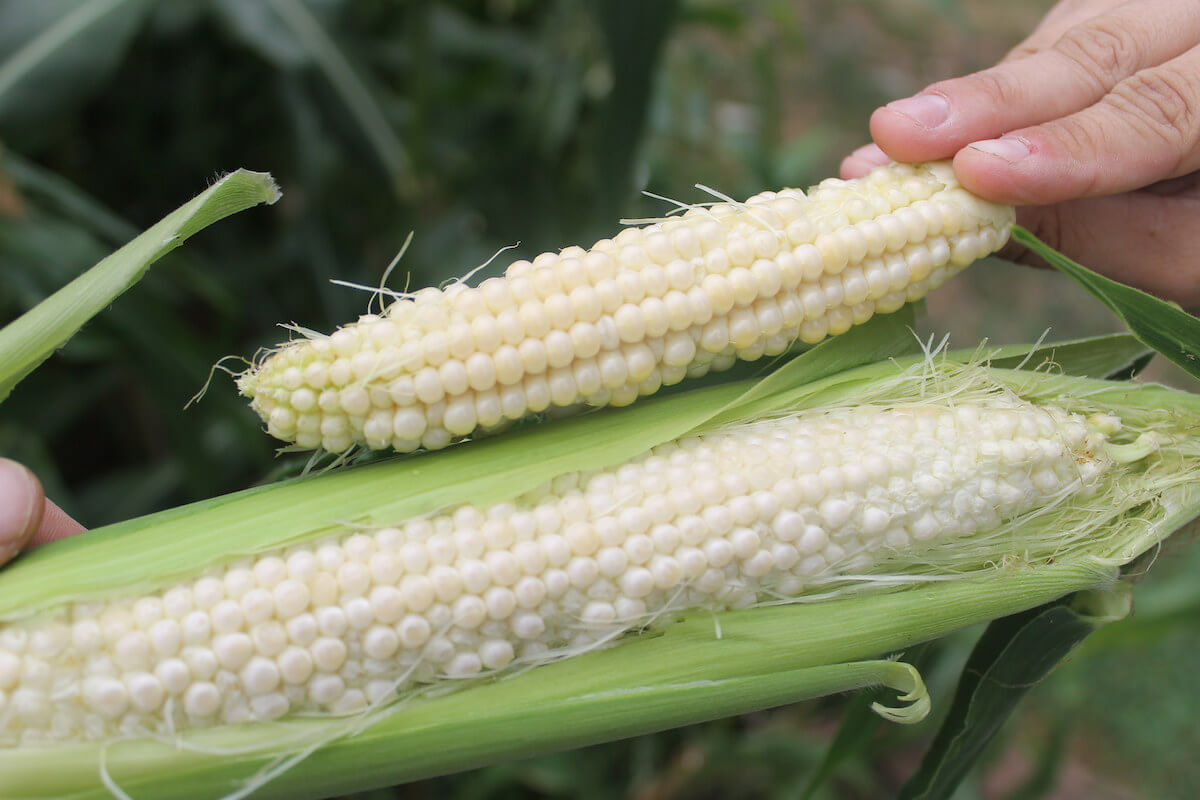
Harvest sweet corn when the kernels are in a “milk stage:” fully formed, but not yet completely matured. Most varieties of sweet corn are ready for harvest about 20 days after the silk strands appear. When the corn is ready, the silk starts to brown, and the kernels produce a milky liquid when punctured.
For ease in harvesting, remove each ear with a firm downward snap. Eat, refrigerate, or process sweet corn as soon as possible. When the harvest is finished, cut down the cornstalks, chopping them in lengths to add to the compost pile.
References:
- Corn, United States Department of Agriculture
- The Three Sisters, Old Farmers Almanac
- Watch Your Garden Grow!, University of Illinois Extension Service
- Sweet Corn Crop Guide, Texas A&M Agri-life Extension










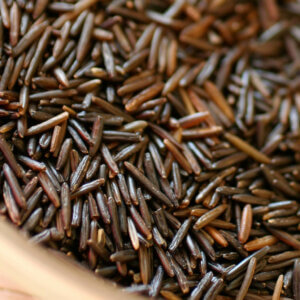




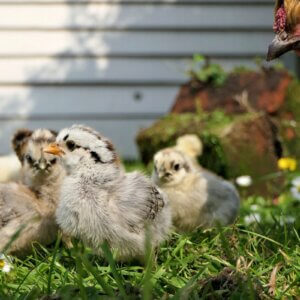

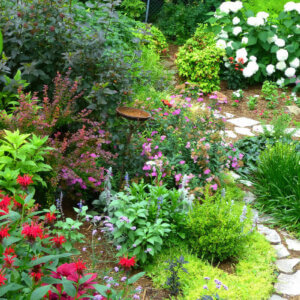
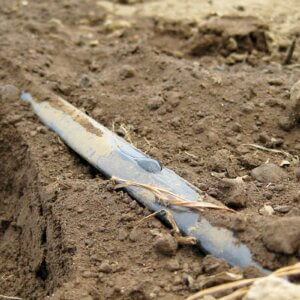



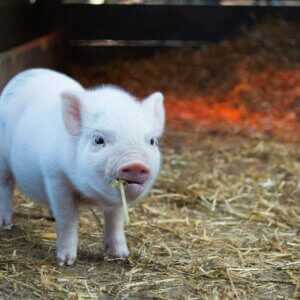
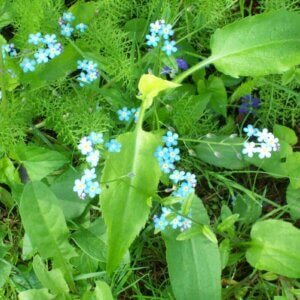





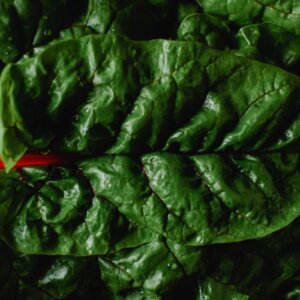

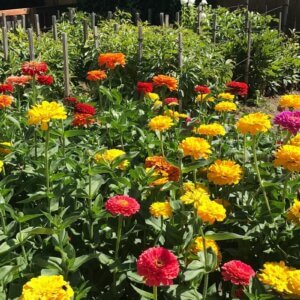
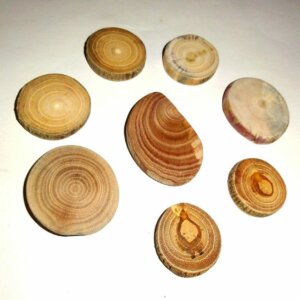



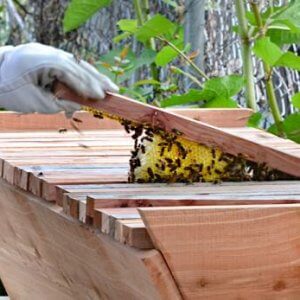




Good post. Sweet corn is so delicious.
Great job this was so helpful. Patrick from Michigan.
Hi there, At what stage do you plant the beans next to the corn, and how big is the corn when you add the pumpkin please? Is there a special order in which you plant. My beds are 120cm x 120cm. Normally I would plant 16 corn plants (without beans and squash) would you half that and add the beans and squash on the side?